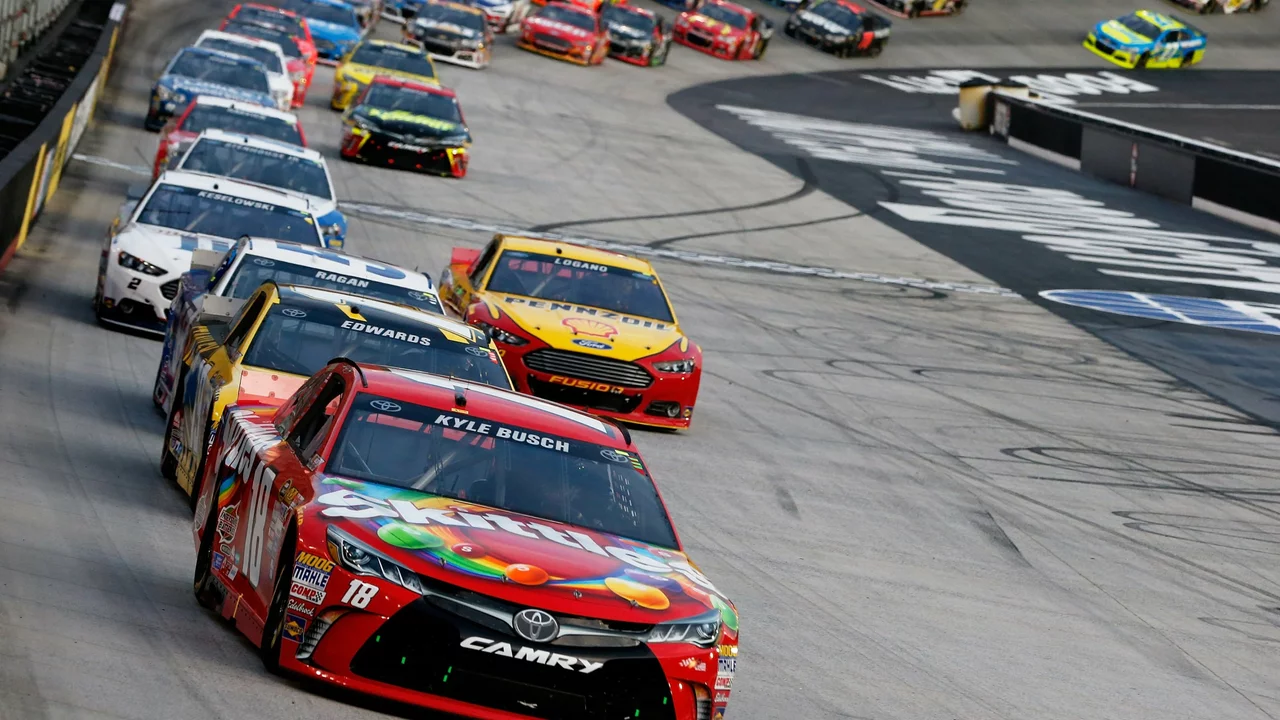Introduction to NASCAR and F1 Racing
As a passionate fan of all things related to motorsports, I've been fortunate enough to witness both NASCAR and F1 races. Even though both are car racing sports, there are several differences that make each sport unique in its own right. In this article, I will walk you through the key distinctions between these two popular racing styles and hopefully, you'll have a better understanding of why these races are so thrilling to watch.
The Cars: NASCAR vs F1
The cars used in NASCAR and F1 are vastly different, both in design and performance. NASCAR cars are typically stock cars, which means they are modeled after commercially available vehicles. They are heavier, larger, and have less powerful engines compared to F1 cars. However, they are designed to handle the intense bumping that occurs during NASCAR races.
On the other hand, F1 cars are built purely for speed. They are lighter, smaller, and have incredibly powerful engines. These single-seater cars are designed to be aerodynamic, enabling them to reach stunning speeds and handle tight turns with precision. Their design is more complex and sophisticated, with a focus on technology and aerodynamics.
The Tracks: NASCAR vs F1
Another difference between NASCAR and F1 lies in the tracks they race on. NASCAR races predominantly occur on oval tracks. The beauty of these circuits lies in their simplicity. Drivers have to master high-speed driving skills and strategic overtaking, as they are constantly turning left at high speeds.
Contrastingly, F1 races occur on a variety of tracks, including street circuits, road courses, and hybrid tracks. These tracks have a combination of straight lines, sharp turns, and varied elevations, which test the driver's skill in maneuvering the vehicle under different driving conditions. The diversity in F1 tracks adds an extra layer of complexity and excitement to the races.
The Racing Strategies: NASCAR vs F1
The strategies employed in NASCAR and F1 races also differ significantly. In NASCAR, because of the close proximity of cars, drafting (or slipstreaming) is a common strategy used by drivers. This involves following closely behind another car to reduce wind resistance and increase speed. NASCAR races also involve more pit stops for tire changes and refueling, making strategy a key component.
In contrast, F1 races are more about precision and vehicle management. Drivers and teams need to manage tire wear, fuel consumption, and engine performance throughout the race. Strategic decisions about when to pit, what tires to use, and how to manage the car's systems can often be the difference between winning and losing.
The Rules and Regulations: NASCAR vs F1
NASCAR and F1 also have their own unique sets of rules and regulations. NASCAR has fewer rules compared to F1 and allows for more contact between cars. This results in more aggressive racing, with cars often bumping into each other for position.
On the flip side, F1 has a comprehensive set of rules and regulations that govern the design of the cars, the conduct of the drivers, and the running of the races. Any contact between cars is strictly controlled, and penalties can be severe. This promotes a more technical and precise style of racing.
The Fan Experience: NASCAR vs F1
Lastly, the fan experience for NASCAR and F1 is quite different. NASCAR is known for its festive atmosphere, with fans often camping at the track and engaging in tailgate parties. The races are longer, which allows fans to enjoy the experience at a more relaxed pace.
F1, on the other hand, is more of a global sport, with races held all over the world. The races are shorter, but the weekend is filled with various events like practice sessions, qualifying, and the race itself. The atmosphere is more refined, with a focus on glamour and sophistication.
Whether you prefer the bumping and grinding of NASCAR or the high-speed precision of F1, both offer thrilling motorsport experiences that are worth watching. Both sports have their own distinct charm and appeal, and understanding the differences can enhance your enjoyment of these incredible races.

